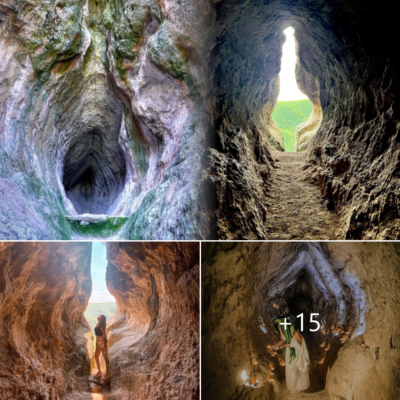Not counting bombers, transports and more specialized types, the United States produced just over 100,000 fighter aircraft of 11 different types for use in World War II. Only 674 of them were Northrop P-61 Black Widows (with another 32 delivered after war’s end). Yet the brutish twin-engine night fighter has achieved a mythic status that belies its small production run and short career—just a single year of combat at the end of the conflict.
Does the infamous Black Widow deserve such a reputation? Good question, and the answers will be all over the map depending on whether you consider the Black Widow “too cool” or subscribe to the “too slow, too low” school.
The U.S., however, initially had no use for night fighters. The Army Air Corps was confident Americans were safe from attack night and day between two impossibly wide oceans, and offensive doctrine was built around daylight bombing. Unlike the RAF, the U.S. had no need to desperately search the night skies for intruders over its capital city or, later, escort its own bombers in the dark.
The 1940 Battles of France and Britain, and the London Blitz, showed that this new war was going to be different, and lessons learned by Fairey Battles, Bolton-Paul Defiants, Spitfires and Hurricanes were shared by RAF airmen with their American counter-parts. With London still in flames and Heinkels muttering overhead nightly, the British approached Jack Northrop, with whom they already were doing business (Northrop was license-building Vultee Vengeance dive bombers for the RAF), about designing and building a night fighter capable of using a new device called radar.
Within a month, the British informed the U.S. War Department of their newest developments—the cavity magnetron and centimeter-wave radar—and American military planners decided they needed a night fighter to utilize these devices. Earlier, less-sophisticated radar broadcast and received signals that could be measured in meters, which meant that antenna components had to be separated and spread piecemeal all around an airframe—on the nose, wings and fuselage. It was what gave German night fighters, especially, their characteristic appearance, flying around with bedsprings, stag’s horns and clown mustaches on their noses. Some of these drag-inducing antenna farms slowed their carriers by as much as 25 mph.
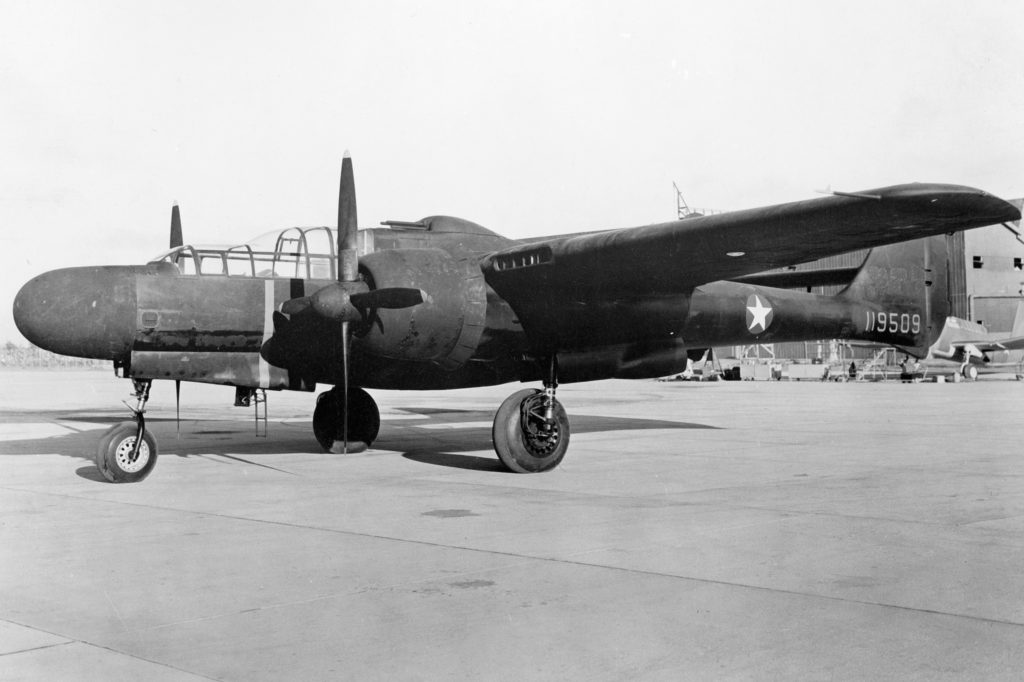
The P-61 Black Widow was designed around the new centimeter-wave radar technology, which was more compact and effective. This required the guns to be mounted under the belly, avoiding muzzle flash issues. In 1941, Northrop was contracted to create this new night fighter. The P-61’s radar became its defining feature, despite sometimes being unreliable.
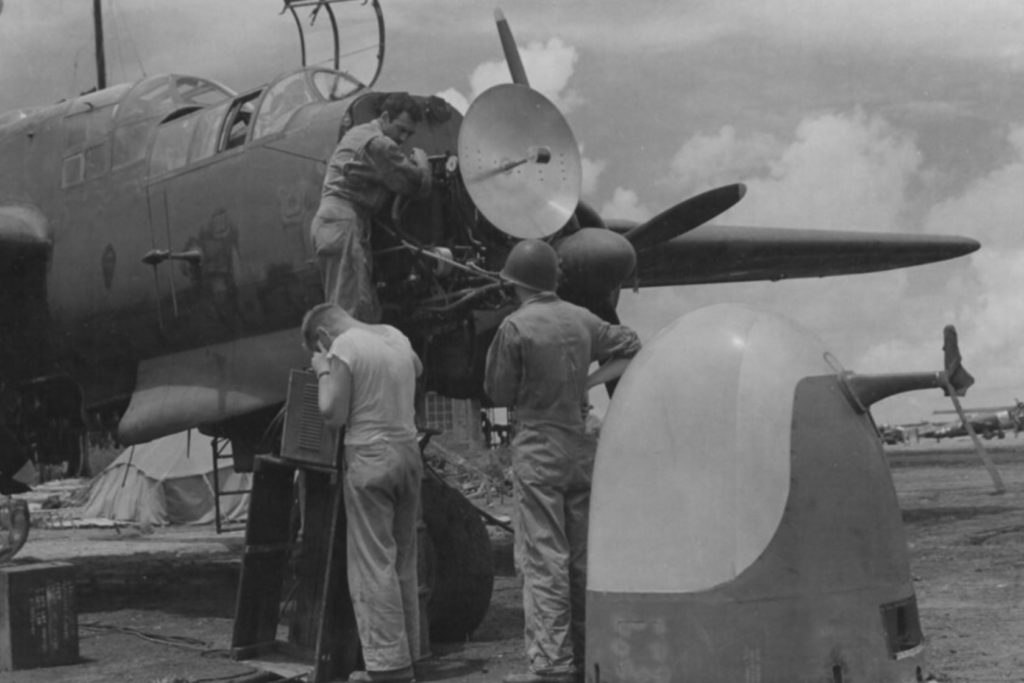
Despite its potential, the P-61 had limitations, notably its speed. It was equipped with supercharged engines but lacked the climb rate and high-altitude performance needed for effective night fighting. A notable incident was the 1944 “great night-fighter flyoff” between a Black Widow and a de Havilland Mosquito, which was controversially claimed to favor the P-61. However, the British had little interest in the outcome, preferring to keep their Mosquito fighters.
The P-61’s operational history was mixed. It saw service in various roles, from weather reconnaissance to participating in the development of ejection seats. Despite its low enemy shoot-down count and operational challenges, the P-61 was a remarkable aircraft for its time, representing a significant step in night-fighter development and paving the way for future advancements in U.S. Air Force capabilities.
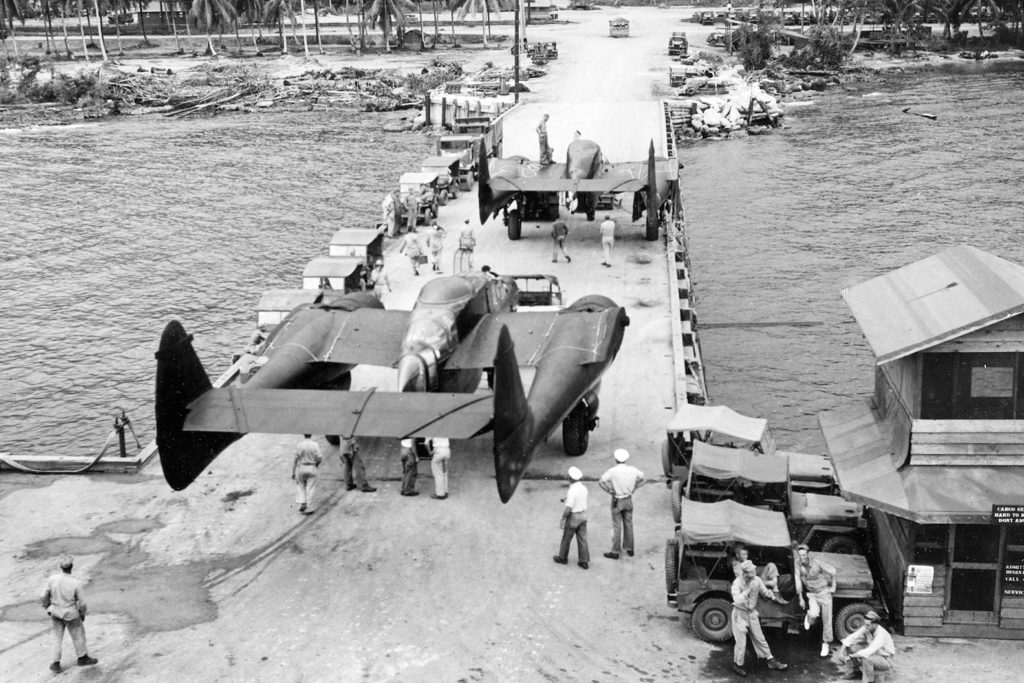
Of course the P-61 was by far the heaviest of all U.S. WWII fighters—more than twice as heavy, at a baseline gross weight of 31,100 pounds, as a P-47. Even with a double helping of 2,000-hp R-2800 engines, this gave it the highest power loading of all fighters as well, which was not helped by its highest-in-category flat-plate drag area. The double-cockpit crew nacelle, with a second windscreen for the gunner seated behind and above the pilot, was a draggy arrangement. General Hap Arnold, upon first viewing a fully equipped P-61 parked on a flight line, turned to procurement chief Maj. Gen. Oliver Echols and asked, “Who is responsible for this assortment of built-in headwinds?” He had a point. The result was a speed deficit, which had from the outset been the P-61’s bad rap. A Black Widow cruised at roughly 225 mph—B-25 performance—and could summon about 365 mph flat out at 20,000 to 24,000 feet.
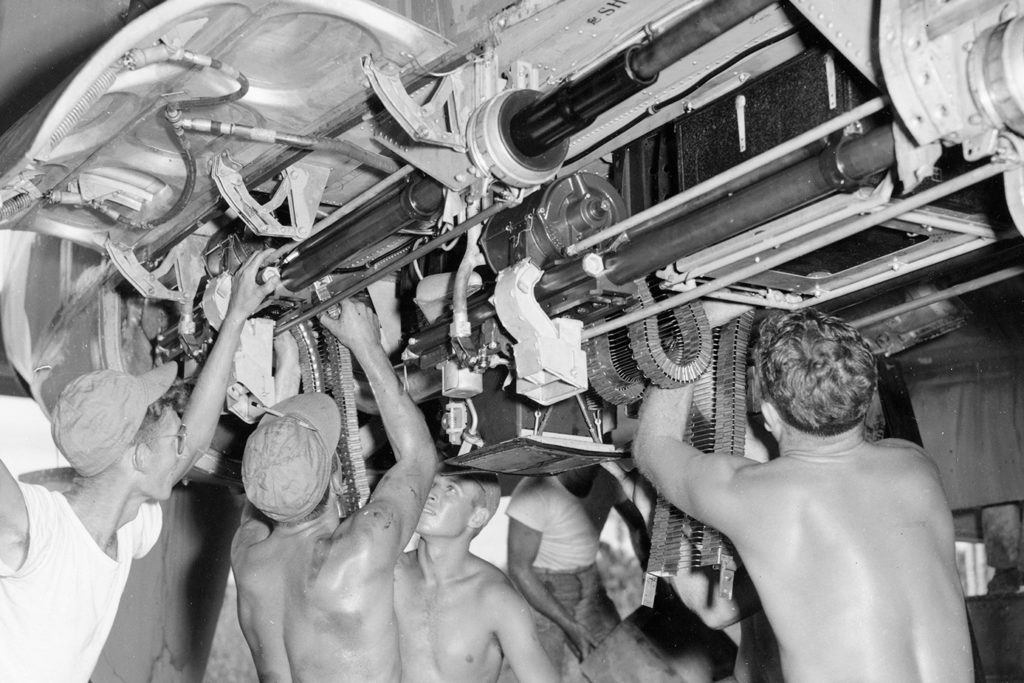
A view of the 20mm cannon bay of a 419th Night Fighter Group P-61, being readied for a mission. (National Archives)
The P-61 was heavy for a reason: It needed to carry a crew of three (sometimes reduced to two—pilot and radar/radio operator—when no gunner was needed), four heavy cannons and ammunition, sometimes a four-gun top turret, adequate fuel and a huge number of heavy vacuum-tube radio and radar boxes. A casual count shows at least two dozen, some the size of orange crates, scattered throughout the crew nacelle.
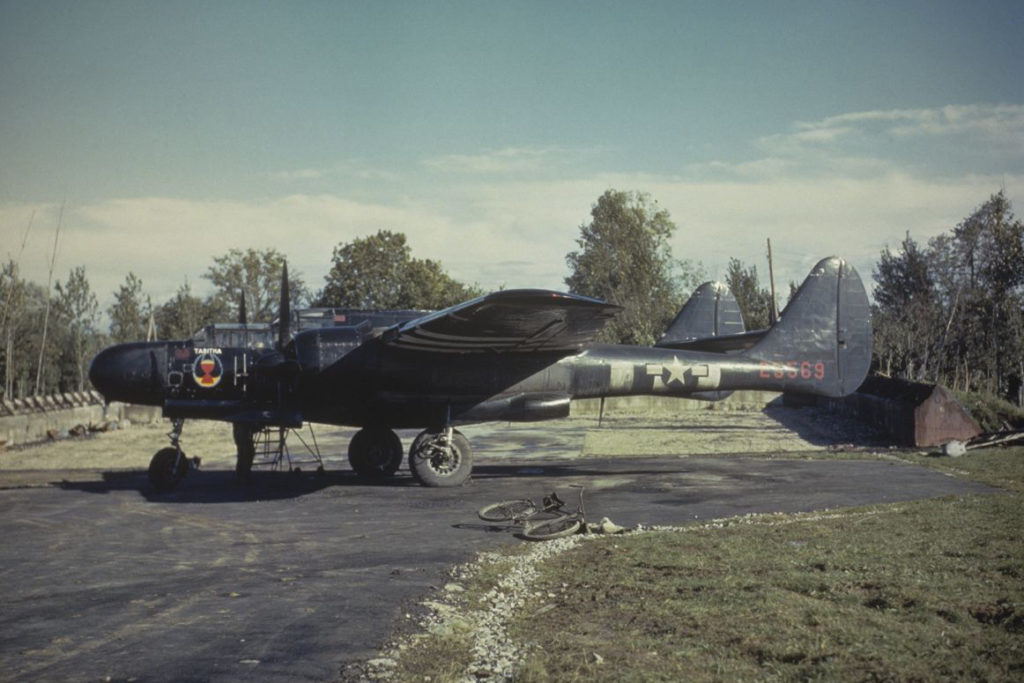
Still sporting its D-Day invasion stripes this Black Widow from the 415th Fighter Squadron waits at Van airport in France. (National Archives)
A P-61 also required a relatively long runway for takeoff at such weights, but it lifted off at a gentle 100-110 mph indicated. And Vmc—the minimum speed at which the airplane could be controlled if one engine failed—was only 120 mph, or 140 mph when heavily loaded. This meant that the dangerous window between liftoff and single-engine controllability was brief. (While climbing out within that window, a pilot’s only choice if an engine failed was to close the throttle on the good engine and land—or more likely crash—straight ahead.)
Why spoilers? So that nearly the entire trailing edge could be devoted to flaps, which not only lowered landing speed but helped the Black Widow to decelerate rapidly once it had overhauled its quarry and was approaching from dead astern to a position to fire its guns. A 15-ton airplane is hard to slow. Imagine driving a car and taking your foot off the accelerator with the transmission in neutral—freewheeling. Deceleration is almost imperceptible. So a night fighter needs to be able to quickly drop very effective flaps (or some other aerodynamic device) or it will sail past its target. Wartime P-61s had no dedicated speed brakes other than their flaps.
Well over half of all P-61s were delivered to their squadrons without top turrets. This allowed the gunner to stay on the ground, since now the upper guns and the belly-pod cannons could be fired by the pilot. Some Black Widow units field-modified their airplanes to seat the radar operator in the gunner’s chair right behind the pilot, which must have been more pleasant than working from the lonely aft compartment, often facing backward like a kid in an old station wagon’s way-back, sealed off from the rest of the crew.
Not that a P-61 cockpit was a particularly friendly space. Most pilots at the Pax River fighter conference rated it as “cluttered,” “badly designed” and “too complex,” with “lousy visibility” to boot, despite all the glass area. Much of what was behind the pilot was obscured by the gunner and his station, and the latticework of green—-house structure didn’t help. The multifaceted canopy also led to glare and reflection problems during night attacks. Of all U.S. fighter types, only the P-38L Lightning was voted to have a worse cockpit that the Black Widow. Perhaps fighters with steering-wheel yokes rather than joysticks bore an automatic deficit in fighter-jock minds.
Some warbird enthusiasts have assumed that it was remarkable for a twin-engine airplane as large as the P-61 to have a single pilot, but in fact two-man crews were a particularly American obsession. Virtually all British and German twins, and even the four-engine Avro Lancaster, had single-pilot cockpits. Even if there were two men up front, as in the Lancaster and the Mosquito, only the one on the left had flight controls.
The ultimate P-61, the 430-mph C model, never made it into combat. Taking into account the basic failings of the P-61A and B—unspectacular climb and speed, and limited range—the P-61C was fitted with turbosupercharged R-2800s, the top turret was permanently deleted and a big fuel tank was installed in the now-available space in the center of the crew nacelle. Internal fuel capacity went from 646 gallons to 1,158, with new underwing hard points available to carry yet another 1,248 gallons max, at gross weight making the P-61C a 20-ton fighter. (A loaded P-47D typically weighed 7 tons.) The C also had “fighter brakes”—large perforated panels that rotated out of the wing upper and lower surfaces to rapidly slow the airplane.
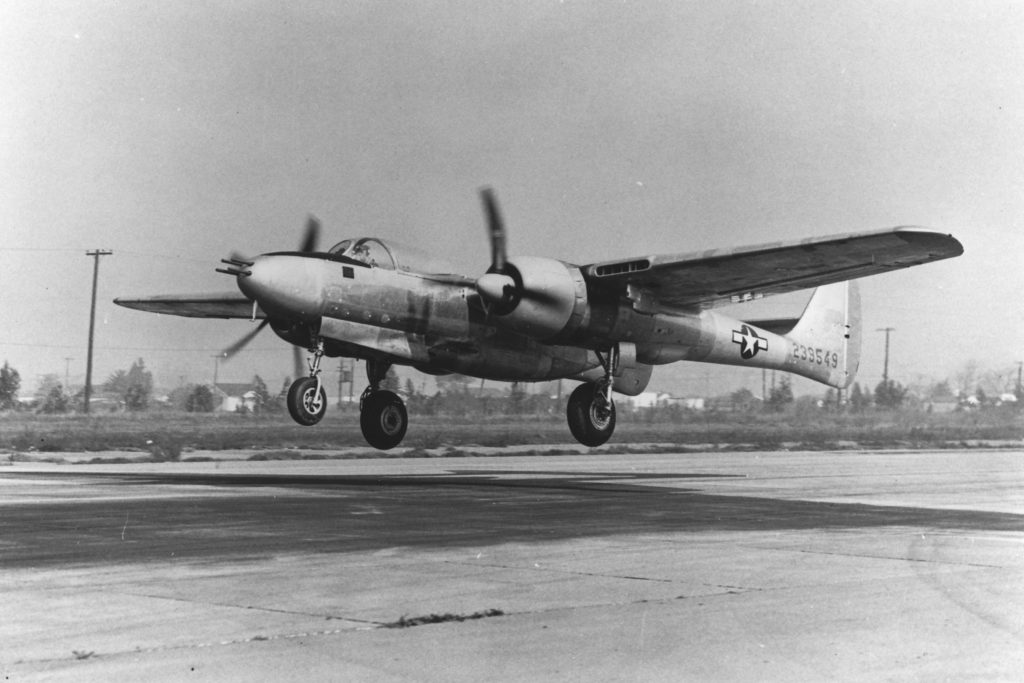
The Black Widow’s final incarnation was as a reconnaissance version, the F-15 Reporter. (U.S. Air Force)
But it was too late. The Black Widow’s web was about to be broomed away by several new night-fighter jets, first among them Northrop’s own F-89 Scorpion, plus the Lockheed F-94 Starfire. (The P-61’s immediate and direct replacement, just in time for the Korean War, was the North American F-82 Twin Mustang.) The Black Widow airframe’s final form was the F-15 Reporter, a small batch of bubble-canopied reconnaissance versions with a name as nerdy as the P-61’s was arrogant. If “Black Widow” was the war’s most aggressive nom de guerre, “Reporter” was its blandest.
Some of the P-61’s most valuable work was done after WWII. A number were assigned to weather reconnaissance duty, and they compiled invaluable meteorological data in those pre-satellite days. Thirteen P-61Cs and F-15s flew as part of the Weather Bureau/NACA Thunderstorm Project, from 1946 through 1949, providing a foundation for a real understanding of how thunderstorms are generated, what tremendous powers lie within them and how radar can be used to avoid the worst weather .
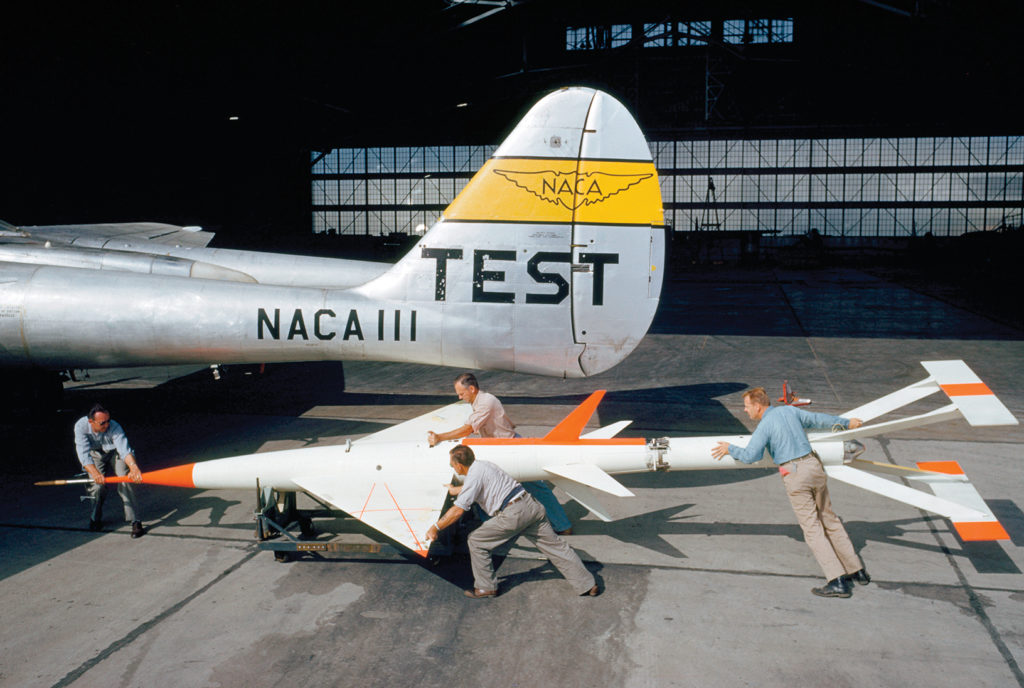
A P-61B flew as part of the development of the first U.S. ejection seat, and a brave AAF volunteer was successfully ejected from it in April 1946. NACA (predecessor of NASA) used two P-61Cs to drop-test drones to collect valuable data on sweptwing flight.
Despite its brief wartime service and low shoot-down count (a total of 127 enemy airplanes, 18 V-1 buzz bombs and one B-29 flying on autopilot after the surviving crew had bailed out over Iwo Jima), it can’t be said that the P-61 was a failure. Black Widow air combat victories were necessarily one at a time, the result of lengthy solo pursuits rather than swirling 60-second dogfights.
The P-61 was in fact a remarkable response to the mission set for it, but that mission had already changed before it got into combat. Northrop, a small manufacturer that rose to meet a challenge, did an amazing job of building a sophisticated, new-technology airplane that had no precedent. They didn’t adapt an earlier design to become a night fighter or base the P-61 on anything that already existed. They started with a clean sheet of paper and invented the first all-weather, day/night interceptor. In that sense it was the beginning of today’s anytime/anywhere/24-hour U.S. Air Force.










